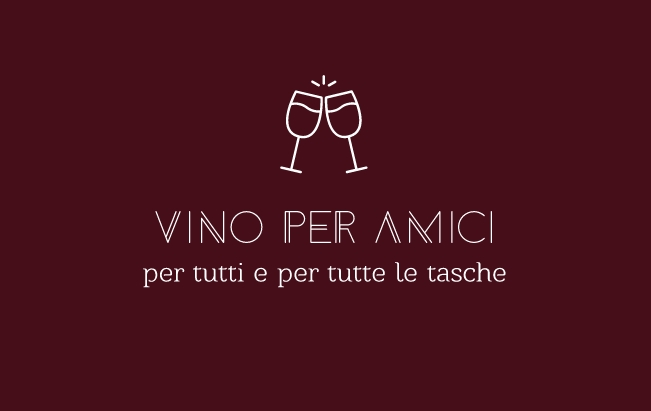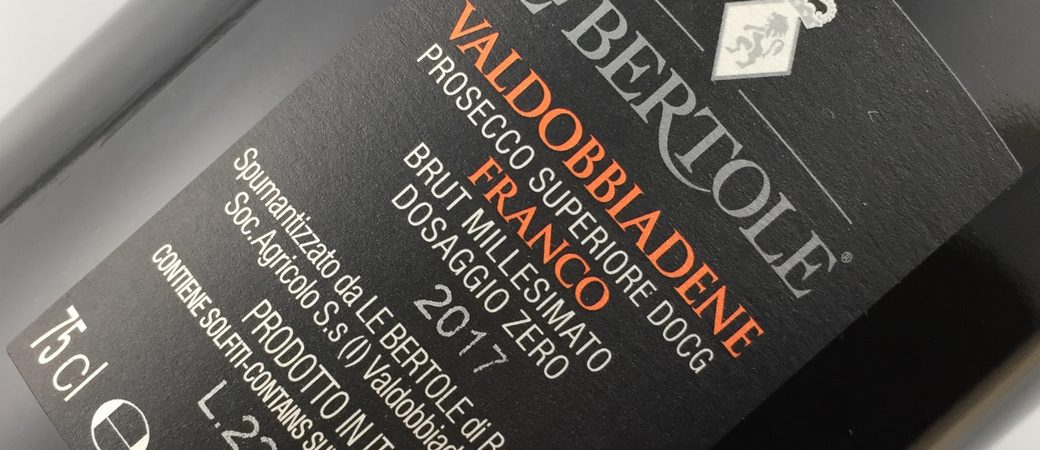After clarifying why red pairs with meat (or at least, usually, goes with meat), it’s time to ask yourself why white goes with fish (or at least, usually, goes with fish).
Meanwhile, fish has little flavor compared to meat and therefore we cannot put on a wine that is too heavy to overpower its taste.
But we certainly can’t even drink water. It seems that the fish comes back alive, if we put it in the water. We don’t want to have a big fish that wallows in our stomach, do we?
In general, white wine is acidic (it is called “fresh”) and has little tannin. This makes it suitable for cleaning the mouth after fatty and sweet dishes. More or less thinking that wine is a tongue soap can help to understand what will be the right food-wine combination.
Fish is a light dish, it needs light wine. If the dish as a whole tends to be sweet, we can choose whether to indulge it with a wine with a sweet tendency or contrast it with an acid wine. Vice versa for acid. A little imagination should be put into it, there are no written rules!
The complexity of the dish goes hand in hand with the complexity of the wine.
A cacciucco is a dish rich in flavor, tending to sweet and that needs a wine that cleans well and also has a good structure. A Sardinian Vermentino like Naeli is the right companion.
A steamed sole is a dish with little flavor and needs a very delicate wine to avoid disappearing altogether. A Chardonnay Lagaria like this or an Assemblage Blanc like this one could be the right choice for a budget.
If you eat a greasy and succulent wild boar, do you want to put a light wine in it? Here, let’s avoid white with wild boar and we will already be one step away from happiness.
Finally, when you show up for dinner with friends, ask what you eat. If you eat fish, try not to limit yourself to a generic “sea bream”, try asking for some more information.







Rispondi